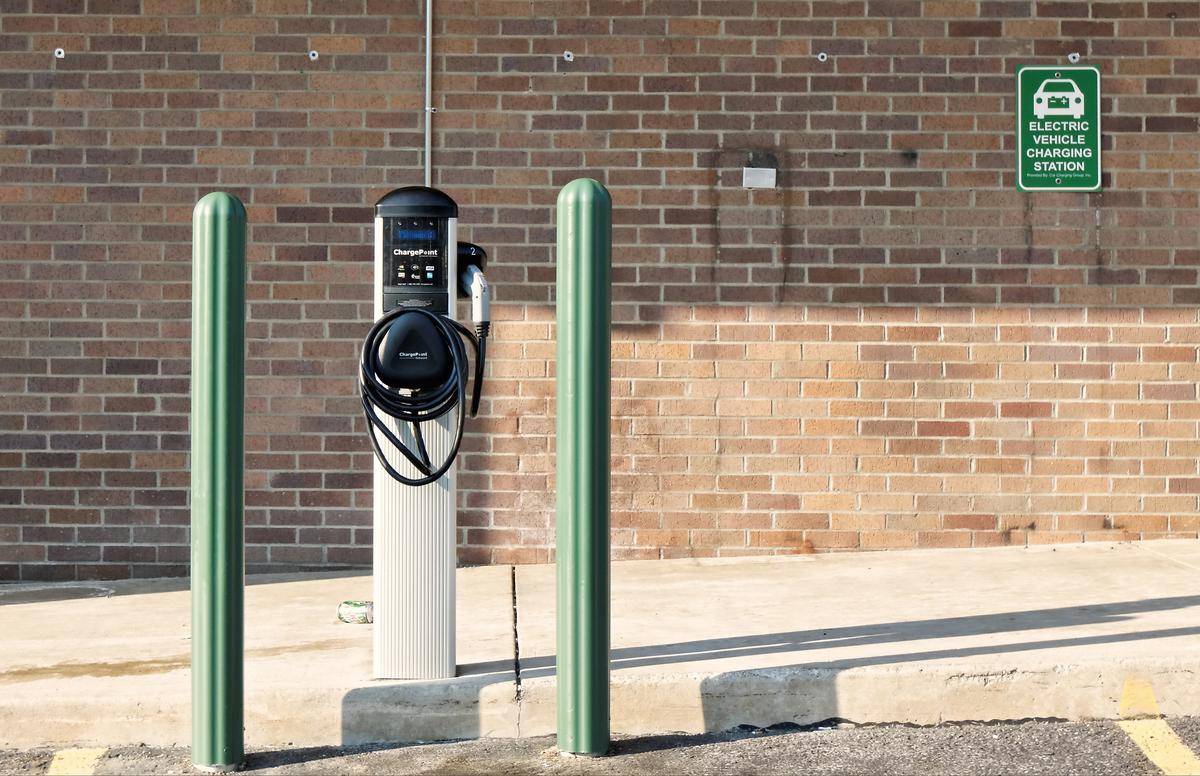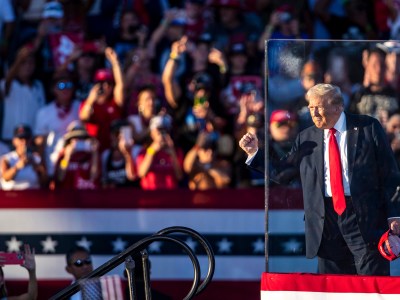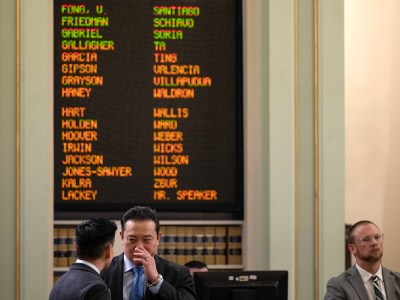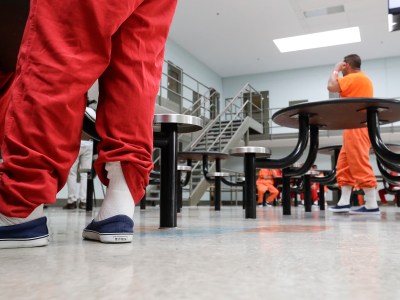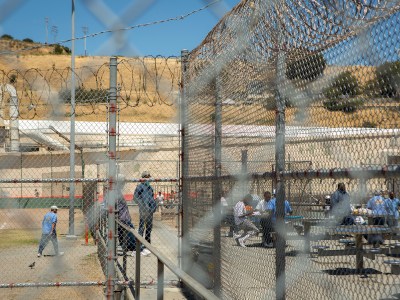Energy efficiency will be the principal strategy to achieve California’s goals of 50% reduction in oil use and 40% reduction in greenhouse gases by 2030. For vehicles, that means more efficient engines and transmissions and greater use of lightweight materials, including aluminum and carbon fiber.
But what about electric vehicles? Technologically, they are already a success story. But the time line for a major increase in sales is still evolving.
An expanding mix of electric cars has been pouring forth from nearly all global automakers, starting in December 2010 when Nissan unveiled its mass-produced Leaf and General Motors its Volt. Tesla’s Model S followed in 2012, and now there are about 40 plug-in models in the world market, with twice as many expected in the next couple of years. EV sales increased to about 350,000 globally in 2014—though this represented only 0.2% of sales. California sales were higher, reaching 3% of sales in 2014, with a few locations such as San Jose reaching 10%.
Automakers, for the most part, are doing their job. They have developed the expertise and technology to transform their industry. They, along with battery manufacturers, are steadily reducing costs. The question no longer is technology or even automaker commitment; it is more about consumers and steadfast policy.
To date, EV sales have gone to a variety of enthusiastic early adopters. Our research shows that most of these early buyers are drawn to the new technology as a symbol of commitment to the future and environmental progress, including freedom from fossil fuels and gasoline stations. Many are also seduced by the driving experience, including high performance Teslas. Low cost leases and free carpool lane stickers have attracted others.
Yet, even with this promising start, analysts believe large-scale market takeoff is still years away, largely due to policy uncertainty. The existing zero emission vehicle mandate (adopted by California and seven other states) is flat until 2018, and only then ramps up—though pressure on automakers will lag since they are accumulating a large pool of credits. And the energy and GHG requirements for vehicles adopted in 2012 by California and the federal government—ratcheting up to an average of 54 miles per gallon in 2025—will be met by relatively low-cost incremental improvements for the next few years. Automakers are meeting the tightening standards by plucking the low-hanging fruit of lighter weight materials and improved combustion and transmission efficiencies. At some point, probably after 2020, automakers will increasingly have to electrify their vehicles via gasoline-electric hybrids, battery vehicles, plug-in hybrids and fuel cell electrics.
The real point of this story, though, is the long term. Meeting California’s aggressive zero emission 2025 mandate of 1.5 million electric vehicles is a good step forward, but doing so will reduce oil consumption and GHG emissions in California by only about 2%, far less than the 2030 targets. The real goal is to sweep away fossil energy and shift to low-carbon electricity and hydrogen, as well as low-carbon biofuels.
Patience can be a virtue, if managed productively. The next few years can be years of learning, by automakers, policymakers, and energy suppliers. They can be focused on creating the platform for massive up scaling.
How do we get California from 3% market penetration to mass market—in the most efficient and equitable way possible—at a time when fuel costs for drivers are diminishing, thanks to slumping oil prices and increasing vehicle efficiency? How can California leverage its leadership into greater national action and a massive global transformation of vehicles and fuels that benefits all?
California needs to stay the course with current EV incentives, but also to enhance its EV policy. A tipping point is likely in the next decade, the inevitable result of electric vehicle costs continuing to drop, charging and hydrogen infrastructures being built out, consumers becoming more knowledgeable and engaged, and technologies refined. Stay tuned.
Daniel Sperling, a UC Davis professor, is director of the UC Davis Institute of Transportation Studies and a member of the CARB board; Thomas Turrentine is director of the PH&EV Research Center at the Institute.


